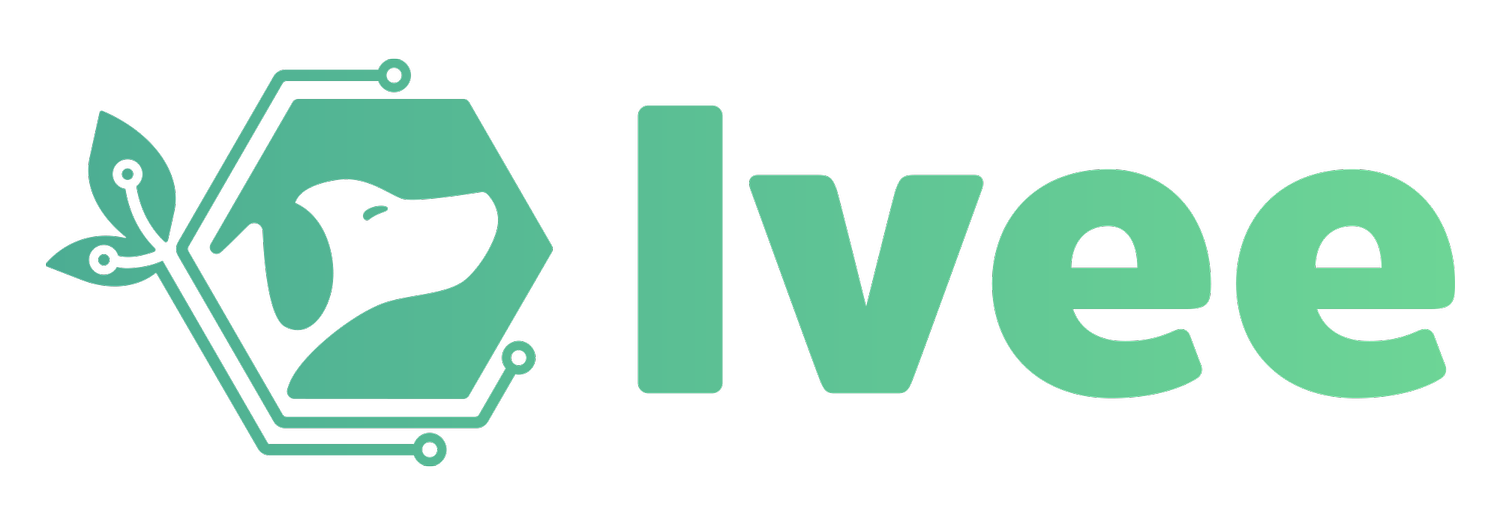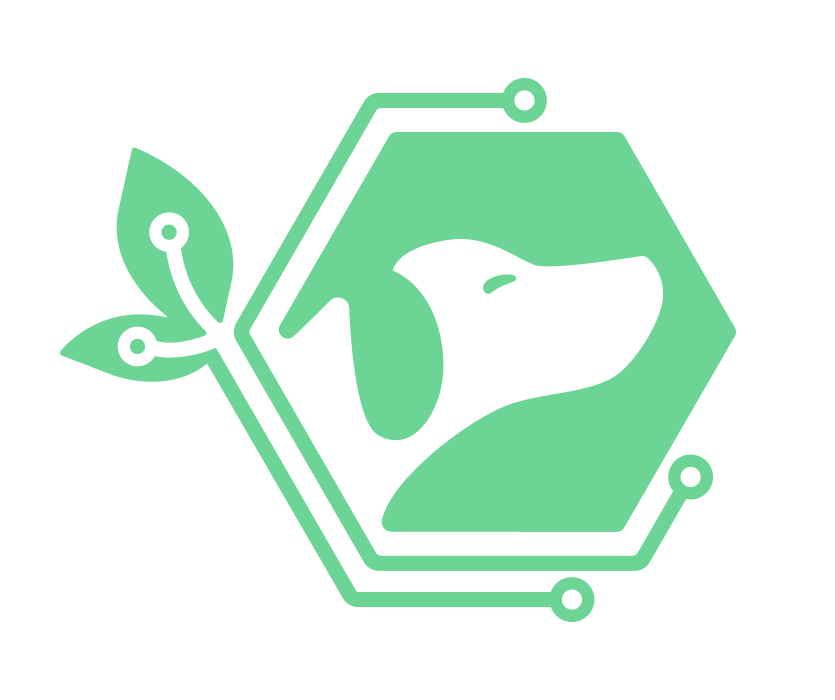The Siloed Communication of Pet Care
Current Issues in Communication for Pet Care
The data and information throughout a pet’s life have traditionally been extremely siloed—kept separately from each source.
Insurance companies, veterinary care, owners, and the pets themselves all carry data and information without the proper channels to communicate with each other. The data directly from the pets is, of course, the most difficult to obtain. The pet can’t speak with the owners or veterinarians, but it’d be awesome if they did.
Although there are some systems in place to assist in creating central locations of data, they often omit pieces of information like kinds of food and treats being consumed, amounts of exercise, daily activity level, and other day-to-day information.
Not only does the data from daily life often slip through the cracks, but information and data from veterinarian practices are siloed. If a pet owner moves to a new city or state, often times the information, history, and files for the pet do not get moved as well. The veterinarian in the new location often has to start the intake process fully unaware of the pet’s history.
This can cause major problems since pet owners aren’t always capable of advocating for their pet’s needs and can be unaware of the pet’s history.
There are many communication gaps between the pet owner and veterinarian. A study completed by the American Veterinary Medical Association (AVMA) in 2018 showed that most pet owners are not even aware of what happens in their pet’s physical exams. The biggest gaps of communication found by this survey were that pet owners were unaware of pain assessments, dental exams, weight and nutritional assessments, internal parasite testing, broad-spectrum parasite control, heartworms testing, behavioral assessments, vaccinations, follow-up plans based on assessments and recommendations. This is a shocking amount of information that is missed!
Technology is Changing Communication
What technology is rapidly changing pet care faster than anything else out there? Wearable technology, Telehealth, and veterinary appointment applications. Are an absolute game-changer-- because suddenly, the disparate parts of a siloed system can now communicate with each other on an almost instantaneous basis. Rather than losing track of basic information like vaccinations, instead, pet owners will be able to provide veterinarians with years of high-quality data that was recorded and stored in real-time.
This enables a level of thoughtful healthcare for animals that was previously unimaginable. It goes beyond just preserving records-- one can envision a future where pet owners and veterinarians receive push notifications and health alerts flagging concerning biomarkers before they turn into a full-blown illness.
This will improve health outcomes for pets and decrease the overall cost of treatment; after all, preventative care is always cheaper than remedial care. The consequences of pet technology are hard to overstate-- in short, they make siloed communication in pet healthcare a thing of the past.
Where Can Technology Bring Us In The Future?
We picture a world where the pet care industry, including owners, can come together in singular, easy-to-understand ways, connecting information and data to everyone involved.
We are grateful to see that this is beginning to happen and are glad to be a part of the journey. Better communication in pet care leads to healthier and happier pets. Check out more of our work to learn about technology in the pet care industry.



